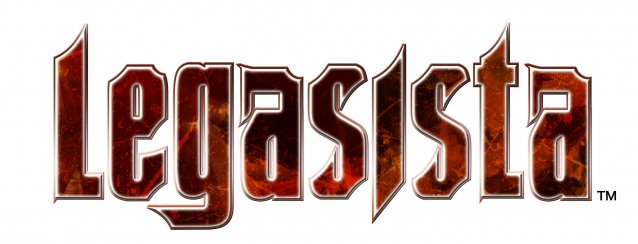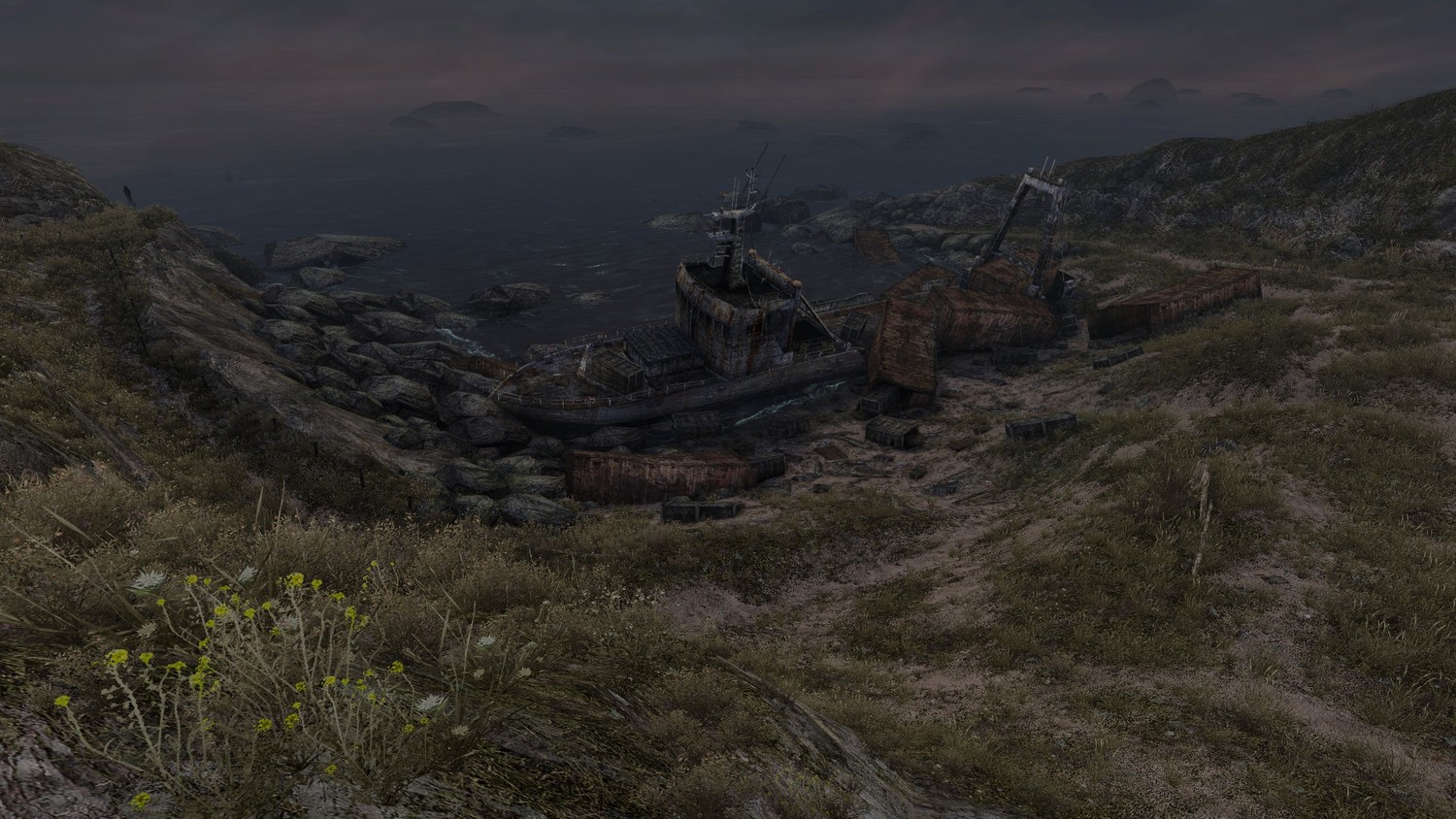
Review: Legasista
Posted by Curtis H on August 23rd, 2012 | 0 Comments | Tags: Legasista
To start things off it’s probably worthy to note that if you have played Cladun on the PSP then you have a pretty good notion of exactly how Legasista’s gameplay works as well as whats up with the Ran-Geons. Legasista isn’t exactly the same game just on the PS3 but it is very much exactly what you might expect from Cladun. That being said Legasista takes what made Cladun great and implements some cool new ideas and a story that, at the very least, offers some interesting concepts.
Legasista takes place in a time in which the world has grown to greatly fear any sort of technology. It’s a world where the advancements in AI and other forms of magic became too much and nearly destroyed the entire human race. The very idea is something that seems to be brought up a lot when referencing super intelligent AI that turns on its human creators. Legasista provides more of a fantasy twist on the idea but the same core idea is there. The game itself takes place around a thousand years after this near destruction of humanity occurs and thus it’s common practice to think of any form of ‘magic’ or science as taboo. So much so in fact that the main character’s (Alto) sister is turned into a crystal simply due to some sort of power that she possesses. Alto sets out on a quest to explore the Ivy Tower, a place in which an ancient technology has been locked away, to find a way to bring his sister back.
You’ll find this technology rather early in the game and, without spoiling any specifics, this is used as a way to introduce new concepts and features as the game progresses. The way it is done within the game makes sense with the story and I thought was actually pretty cool. Throughout the game numerous characters will join your quest, sometimes for seemingly no reason at all, which will allow you to experiment with different class types and play styles. The story within the game isn’t exceptional but I found myself enjoying it for what it is.
As I said before Legasista is essentially the next progression from Cladun which is to say that it is a dungeon crawler through and through. You’ll customize your party and characters in a place called “The Railyard” and then make the trip into new sections of each dungeon as you slowly work your way to the top of the Ivy Tower. Inside dungeons you’ll run around attacking enemies, avoiding traps, flipping switches as you search for the exit. Most sections contain just one floor but others will sometimes contain anywhere from two to four floors. Most of the early maps can be straightforward but as the game progresses you’ll find that more and more require the flipping of switches to open certain doors before advancing.
While there’s only one melee attack button in Legasista there’s still a good depth of strategy to follow. Enemies will take more damage when attacked from specific sides and just going in mashing on the circle button will often get you seriously injured if you’re not careful. Aside from melee you’ll also have skills and spells at your disposal to take out enemies as well. Specific enemies are weak to specific types of attacks so you’ll want to think ahead when organizing your party.
You can take up to three characters into a dungeon at once. Flicking the right analog stick up or down will allow you to switch characters on the fly and when all characters fall you’ll be returned to the Railyard while only gaining half of your experience. After choosing which characters you want in your party you’ll also want to choose their ‘stance’. Each character, depending on their class, has specific stances that will help determine defense, health, mana usage and more. Stances are put together by different nodes that will stretch across at the top of the screen that essentially works as a life bar. Nodes can either be used to equip a weapon, shield or other stat boosting items. You’ll also generally have 1-2 nodes that serve purely as health. I really like the stance system and considering how loot heavy the game can get there’s plenty of customization options that you have. It’s also good to note that certain dungeons might be easier depending on which stance you equip. While some stances might be defense heavy but light on attack others might feature a higher attack power but lower health and defense. While in dungeons when you take damage the next node in line will lose durability points. When those points reach zero that specific item that is equipped to that node will break until you return to the Railyard. So if a node containing your weapon loses all of its durability you might be in trouble. In addition when you find loot, unless it’s a weapon, you won’t be able to equip it until escaping the dungeon. However with weapons you can equip them right away, perhaps if you find a really strong weapon, but you then run the risk of losing that weapon forever if it breaks before you return to the Railyard. These systems provide for a lot of risk/reward gameplay as well as just the need to think ahead.
The customization doesn’t end there. Beyond stances each character has a specific job which. After reaching level 20 you’ll be able to switch jobs. Each jobs hold separate levels so when switching you’ll go back to level 1 however your prior job will always retain its specific level if you decide to switch back. This again allows you to just play around with different combinations to see what works for you. You can also create your own character and even design what they look like if you want. This can be done in an editor or you can upload an image from your PS3 to make a character as well. The game also includes some premade characters that are mostly from Disgaea games. So you’ll find a Prinny, Fuka, Mao and more. I’m not nearly talented enough to design a character on my own so naturally I went with the Prinny preset for my created character.
All of this combined with the fact that each section of a dungeon only takes a few minutes to clear and you’ve got what amounts to a very addicting game. It is way too easy to fall into the “just one more” trap with Legasista as you’ll just be having too much fun to stop. Even in the later stages of the story mode when the difficulty starts to ramp up I found myself plunging right back into the dungeon to try again and alter my strategy. (Although I did wish that it wasn’t just the last few areas that were tough because it was in those stages that felt the most rewarding.) There’s not really a huge need for level grinding as most of the time clearing a section if just a matter of going in with a good party build and not being reckless. All of this is great. There’s tons of customization options, the game is really addicting and the story mode alone will last you around twenty hours. Of course it’s what’s beyond the story that will provide the most content.
Again if you’ve played Cladun you’re already familiar with Ran-Geons. Ran-Geons are essentially multi-level dungeons that will start at a specific monster and drop level which fluctuating the more you progress. For instance you might enter a Ran-Geon with the monster and item drop level at 1. Depending on which gate that you take to the next floor the levels might go up by 1 or by 20. For instance Angel gates will greatly increase the item drop rate while Demon gates will greatly increase the monster level. There are various other gates that each have their own effect and sometimes random rules will apply for the dungeon as well. One specific time I came across a rule that made it so all enemies were poisonous. There are two ways to exit a Ran-Geon. You can either find an exit gate which only appears sometimes or you can clear all of the floors. Considering that Ran-Geons can contain anywhere from 30 to over 100 floors it’s wise to keep an eye out for an exit gate. Ran-Geons can get either be either ways to get great loot or, in the blink of an eye, they can get incredibly hard. With each floor the risk gets higher as does the payout in experience. It’s a system that worked well in Cladun and it still works great in Legasista.
Those of you who enjoyed Cladun are going to feel right at home with Legasista. To my personal tastes I found that the game works even better on a console and I enjoyed the leveling/customization system much more in Legasista. When time permits I’ll absolutely return to try to make a few runs at a Ran-Geon just to see how far I get. All around Legasista is a better and more polished spiritual sequel to Cladun and one fans should totally check out. If you’re into dungeon crawlers and games with tons of customization options then look no further than Legasista.
A copy of this game was provided by the publisher for review purposes. For more info on our review policy click here. This review is for the PlayStation 3 version of the game.
General Info
- Developer: System Prisma
- Publisher: NIS America Inc.
- Release Date: August 2012
- Price: $29.99, £17.49/€20.99
- Genre: Dungeon Crawl
Score:
What I Like:
- The Post-Artificial Intelligence world destruction with magical elements is neat.
- Tons of customization options.
- Ran-Geons provide literally endless amounts of content.
- Customizing stances
- Character creator
- The rationale for introducing new features combined with how the story unfolds is well done.
- I said "just one more dungeon" a LOT.
What I Dislike:
- I found myself wishing the difficulty ramped up faster than it did.




